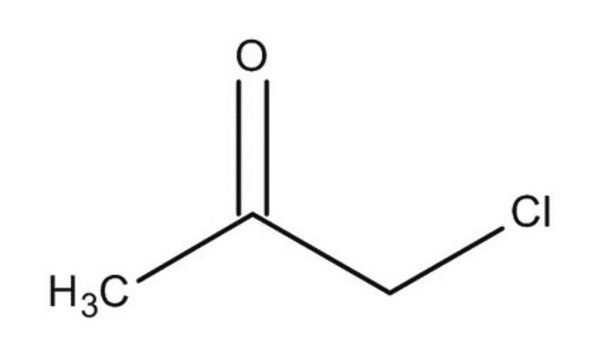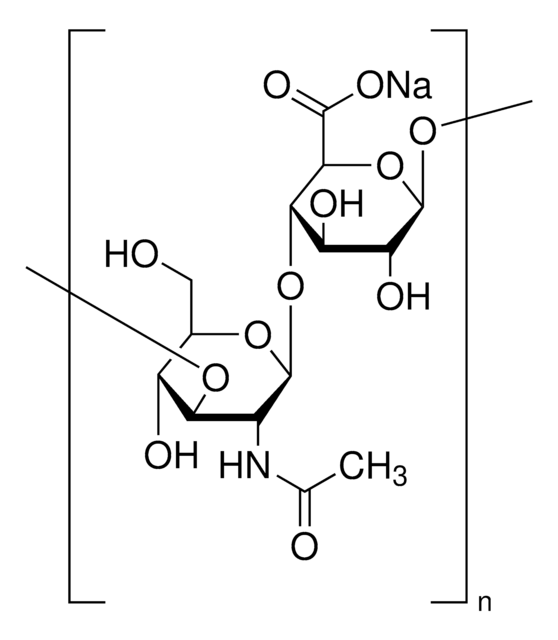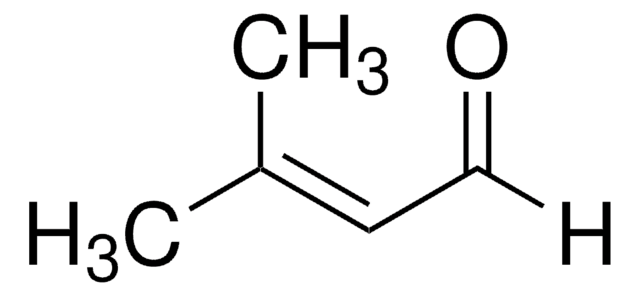Wichtige Dokumente
10905
Chloraceton
Wacker Chemie AG, produced by Wacker Chemie AG, Burghausen, Germany, ≥96.0% (GC)
Synonym(e):
MCA, 1-Chlorpropan-2-on, Chlor-2-propanon
About This Item
Empfohlene Produkte
Qualität
produced by Wacker Chemie AG, Burghausen, Germany
Assay
≥96.0% (GC)
Enthält
~0.1% Drapex 39 as stabilizer
Hersteller/Markenname
Wacker Chemie AG
Brechungsindex
n20/D 1.432 (lit.)
bp
120 °C (lit.)
Löslichkeit
H2O: soluble 10 parts
alcohol: miscible
chloroform: miscible
diethyl ether: miscible
Dichte
1.162 g/mL at 25 °C (lit.)
Lagertemp.
2-8°C
SMILES String
CC(=O)CCl
InChI
1S/C3H5ClO/c1-3(5)2-4/h2H2,1H3
InChIKey
BULLHNJGPPOUOX-UHFFFAOYSA-N
Suchen Sie nach ähnlichen Produkten? Aufrufen Leitfaden zum Produktvergleich
Allgemeine Beschreibung
Anwendung
Sonstige Hinweise
Signalwort
Danger
Gefahreneinstufungen
Acute Tox. 2 Dermal - Acute Tox. 2 Inhalation - Acute Tox. 3 Oral - Aquatic Acute 1 - Aquatic Chronic 1 - Eye Dam. 1 - Flam. Liq. 3 - Skin Corr. 1B - STOT SE 3
Zielorgane
Respiratory system
Lagerklassenschlüssel
3 - Flammable liquids
WGK
WGK 3
Flammpunkt (°F)
95.0 °F - closed cup
Flammpunkt (°C)
35 °C - closed cup
Persönliche Schutzausrüstung
Eyeshields, Faceshields, Gloves, type ABEK (EN14387) respirator filter
Hier finden Sie alle aktuellen Versionen:
Besitzen Sie dieses Produkt bereits?
In der Dokumentenbibliothek finden Sie die Dokumentation zu den Produkten, die Sie kürzlich erworben haben.
Unser Team von Wissenschaftlern verfügt über Erfahrung in allen Forschungsbereichen einschließlich Life Science, Materialwissenschaften, chemischer Synthese, Chromatographie, Analytik und vielen mehr..
Setzen Sie sich mit dem technischen Dienst in Verbindung.












